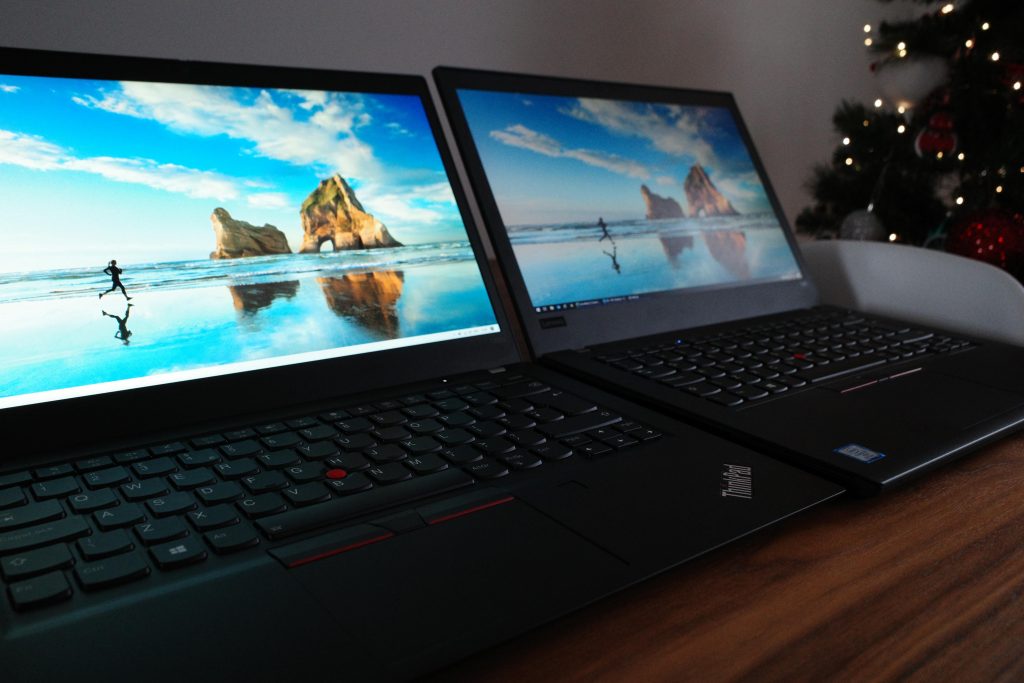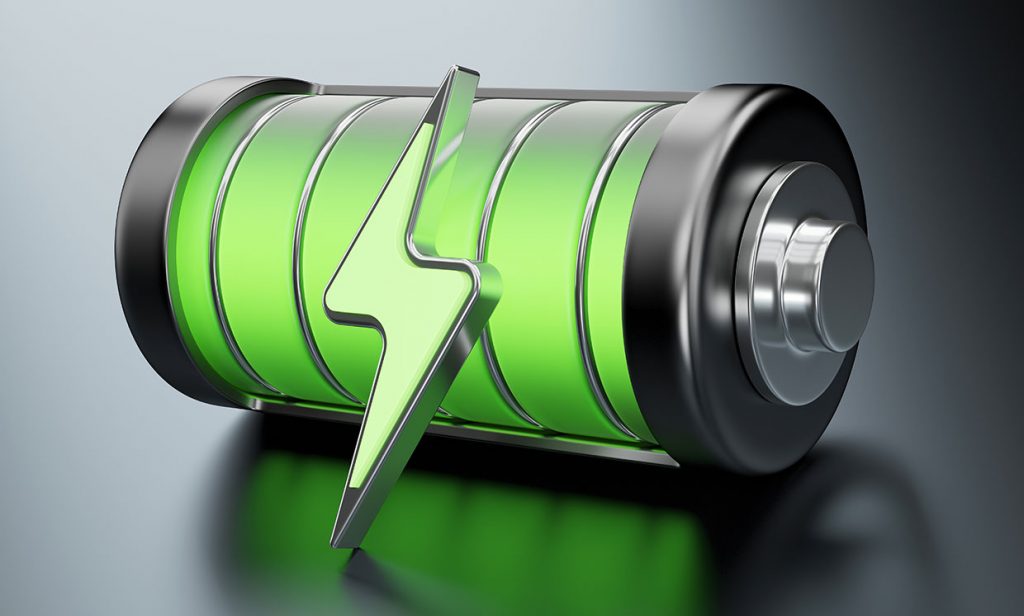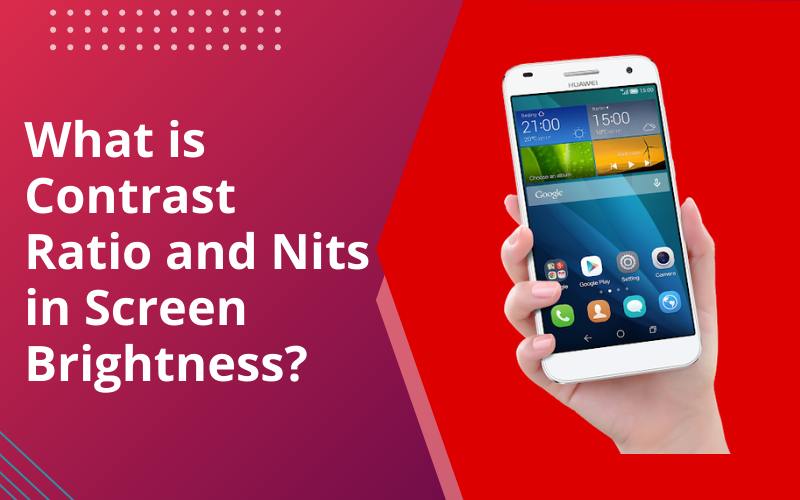The contrast ratio (CR) is the property of a display device, defined as the ratio of the brightest shade luminance (white) to the darkest shade (black) that can be created by the system.(Although colors are generally thought of as Black & White, the absence of all colors is black, and the presence of all colors is white).In any display, a high contrast ratio is a desirable aspect.The 1000: 1 negative ratio means that the brightness of a completely white image is 1000 times greater than the brightness of a completely black image. Projects with a higher rating, such as 100,000: 1, have darker scores than projects with a low contrast ratio, such as 1000: 1.

Choosing a comparative rating depends largely on the lighting conditions of your environment. If you are planning to project in an office space, or in an area with a lot of light around you, a low-cost projector will suit your experience. On the other hand, if you plan to project in a dark place, a project with a high level of comparison will fit your knowledge.
Projects with high contrast scales (deep blacks) are often marketed as “home cinema” projects where the environment is too dark and a black level is important. They tend to have larger closures to allow for quiet operation and cooling. Low-level projectors are usually marketed as “business” or “conference room” projectors, as they are designed for the brightest image in high light conditions. In the conference room, dark levels are less of a concern.
The contrast ratio (CR) is the property of a display device, defined as the ratio of the brightest shade luminance (white) to the darkest shade (black) that can be created by the system.(Although colors are generally thought of as Black & White, the absence of all colors is black, and the presence of all colors is white).In any display, a high contrast ratio is a desirable aspect.The 1000: 1 negative ratio means that the brightness of a completely white image is 1000 times greater than the brightness of a completely black image. Projects with a higher rating, such as 100,000: 1, have darker scores than projects with a low contrast ratio, such as 1000: 1.
Choosing a comparative rating depends largely on the lighting conditions of your environment. If you are planning to project in an office space, or in an area with a lot of light around you, a low-cost projector will suit your experience. On the other hand, if you plan to project in a dark place, a project with a high level of comparison will fit your knowledge.
Projects with high contrast scales (deep blacks) are often marketed as “home cinema” projects where the environment is too dark and a black level is important. They tend to have larger closures to allow for quiet operation and cooling. Low-level projectors are usually marketed as “business” or “conference room” projectors, as they are designed for the brightest image in high light conditions. In the conference room, dark levels are less of a concern.
What is a Screen Brightness Nit,and how many do you need?

Whichever screen you read, it emits approximately several hundred light candles per square meter. That’s right – candles are still the basic unit of measurement of light, and if you buy a screen, you’ll probably encounter a “nit” unit, which tells you how much light the candles are on your square meter. Nits can be useful if you plan to use your device out often, but it is just one of the high quality screens.
Candles, Nits and Lumens
Imagine you have a candle inside a cube with a total surface area that measures one meter by one meter (about the size of a bath towel or 20 iPads somehow made of cable). The total amount of light emanating from that candle in its source is about one “cube”. Every extra candle you put in the cube will add another light candela, therefore, another nit, because the square meter now has a lot of light in it. If you were able to get 400 candles / sticks in the cube before the flames burst, each square meter lamp could be 400 minutes, making it an excellent portable computer screen Because this is the average per square meter, screen size and related notes. Theatrical screens, which are only used in dark areas, typically revolve around 50 nits, while smartphones, which get more outdoor use, prefer to have at least three or four hundred. A theater projector probably emits a full-blown light (measured in lumens) than any smartphone, but the phone puts a lot of light into a small space. That’s why using the phone during a movie is so rogue: at least ten times a candela per square meter than a screen, basically a magnesium flare in a dark arena.
In short:
- Candela = light from one candle
- Nit = light from one candle with a square meter of light
- Multiple nits = multiple candles per square meter = more light display
Battery Technology Isn’t Improving Much:

If you’ve ever tried to use mobile on a sunny day, you’ll understand why nits are so important. Your display needs brighter than the light sources around it in order to read more clearly. On the other hand, if your device does not drop down, you may not be able to turn on the light all the way, so having multiple devices will not help. Unless that device is HDR (High Dynamic Range) TV, that is. All that makes these TVs better is that they can show a bright glow with real darkness. The Sony prototype HDR TV managed to hit 10,000 nits, though most HDRs are close to 2,000.
How many nits does the laptop / smartphone / TV require?
We no longer use candles, and placing them on sensitive material is a bad idea, so it’s hard to figure out how many of them you want on your screen without looking at a few numbers. As a general rule, most nits are always better, so if everything else is equal, you can’t go wrong with high numbers. As long as you do not turn off the light when you do not need it, it will not have a negative effect on your battery.
Smartphones / tablets: 200 to 1000+ numbers
As they are commonly used outdoors, smartphones are definitely in the category of “many better nits”. Technically, the device begins to be counted as a “light reading of the sun” when it strikes at least 1,000 nits, but very few mobile displays go so high. As a general rule, anything more than 400 to 500 nits will do well on a sunny day, but at 200 nits, you may need to find some shade to answer texts.
Laptops / monitors: 200 to 600 numbers
Laptops and PCs are mostly house creatures, so they don’t have to stand out. 200 is on the low end but is used, while more than 400 is above average. There aren’t many computer displays over 500 or 600 nits, and you probably don’t need to use full full of some of these often. And, of course, you can’t go wrong getting more nits if you have a choice.
TVs: 100 to 2000+ numbers
Older TVs may fall into the ~ 100-nit range, but most modern non-HDR displays fall in the 200 to 500 range. HDR TV works well with high nit counts and usually requires a minimum of 500, with many target models of at least 700. High HDRs can be 2000 nits or more.
Conclusion:
Nits are important but they should not be the determining factor in your screen selection unless you specifically need something above a certain level of HDR brightness or outdoor use. Adjustments, different scales, dark levels, sRGB color, and more also affect the quality of your screen, and as long as you’re not on the lowest edge in the nit range, you’re probably right. The most important thing to know is just what a low, medium, and high nit looks like with a given device so you can make an informed decision.
